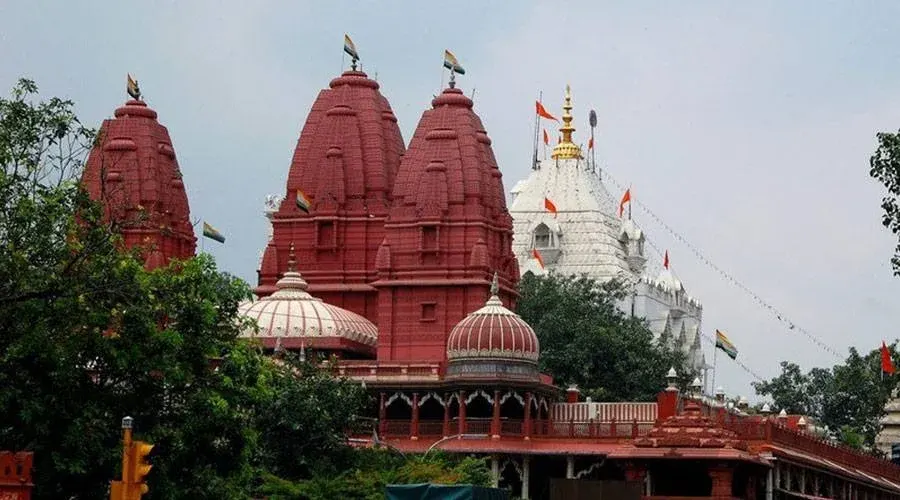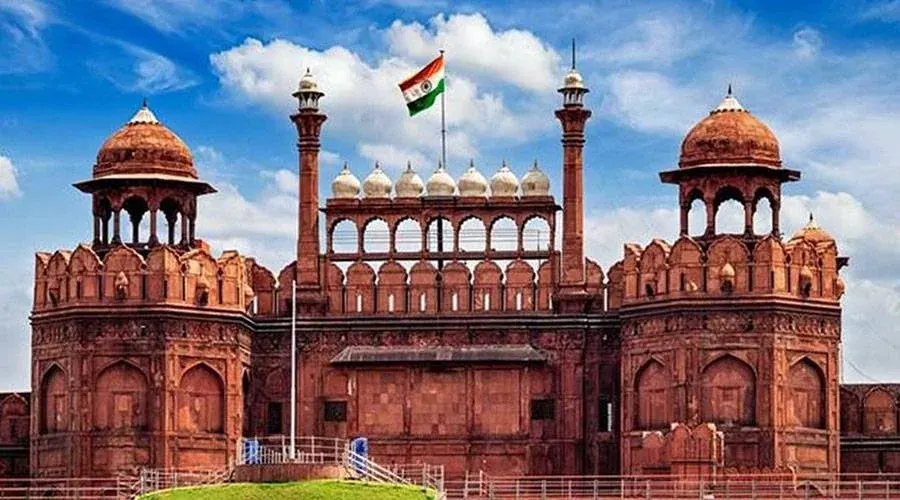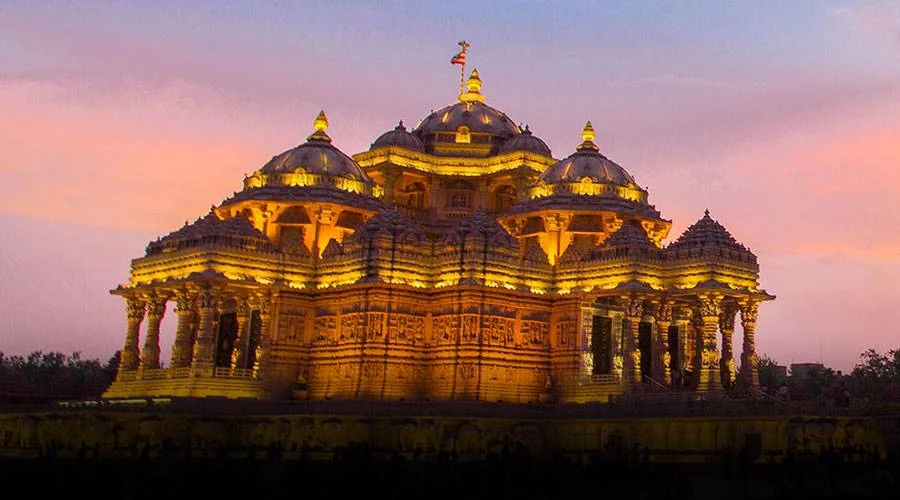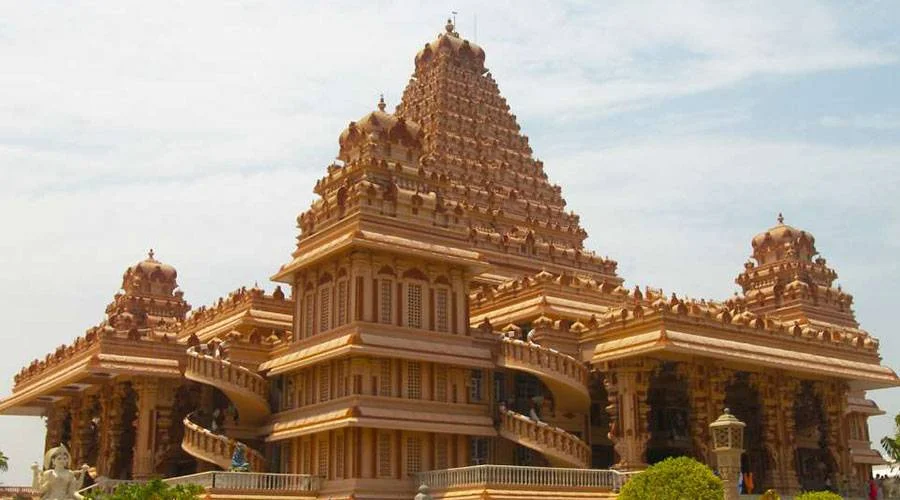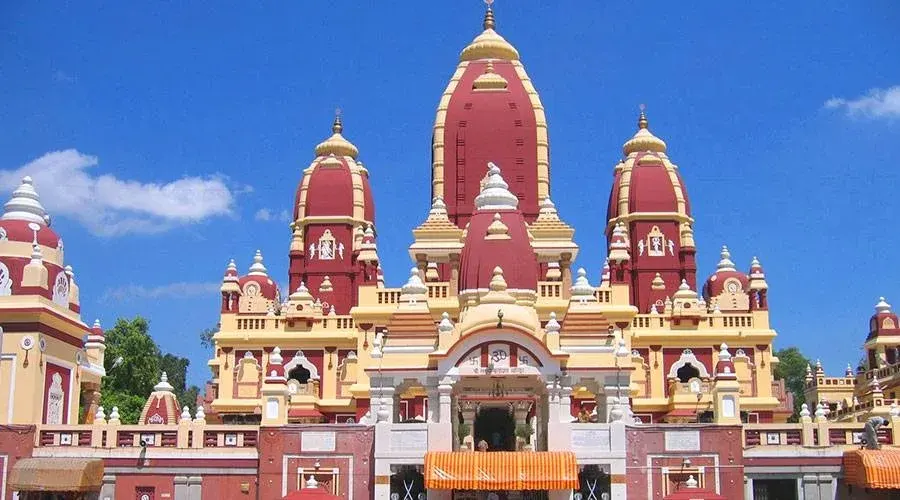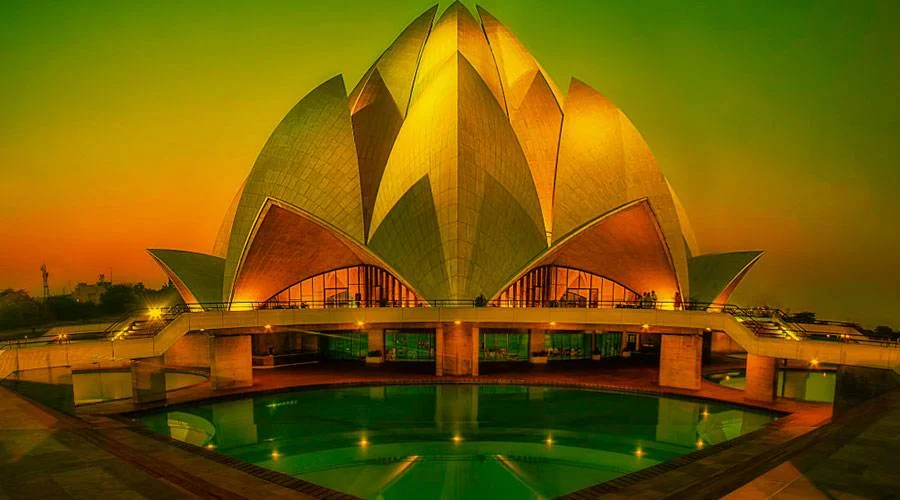Sri Digambar Jain Lal Mandir, Delhi
Sri Digambar Jain Lal Mandir is the best-known and the most ancient Jain temple in Delhi. Located in the Chandni Chowk area, in the vicinity of Red Fort, the striking building is made entirely out of red sandstone. Originally built in 1658, the temple underwent major modifications and alterations in the later years.
Popularly known as Lal Mandir aka ‘Red Temple’, the temple is dedicated to the 23rd Jain Tirthankara- Parshvanath. Besides the huge statue of Parshvanath, the temple also houses idols of Rishabhdev, Lord Mahavir, and several other deities; the main devotional area is however present on the first floor.
The shrine is famous in the city because of the massive avian veterinary hospital behind the main temple complex which is called Jain Birds Hospital. Inspired by Vardhman Mahavir’s message ‘live and let live’, the center comprises general wards and ICU and tends to birds and avian patients that need utmost care. Situated adjacent to the most chaotic area of Delhi, the temple is mostly popular for its striking architecture, beautiful carvings, pure gold artwork, and frescos. Paryushan, Samvatsari, Jnana Panchami, and Deepawali are the major festivals celebrated at the temple.
Architecture
Once you reach here, you will witness various structures – a Mughal period dome, with a spire in sandstone. Beyond which stands three masonry peaks in bright red.
Shri Digambar Jain Temple has two storeys – the lower floor has an administrative office, a publication center, and a shoe house. And the first floor has the three main chambers where various Tirthankaras of Jainism statues are placed and you can worship there.
History
Located right opposite the Red Fort, Shri Digambar Jain Temple dates back to the 17th century, during the Mughal era. The striking building is made entirely out of red sandstone. Dedicated to the 23rd Jain Tirthankara (spiritual teacher)- Parshvanath, you will also find the idols of Lord Mahavir, Rishabhdev, and several other deities inside the temple. The best thing about this temple is that people from different religions are welcome to pray and meditate here.

